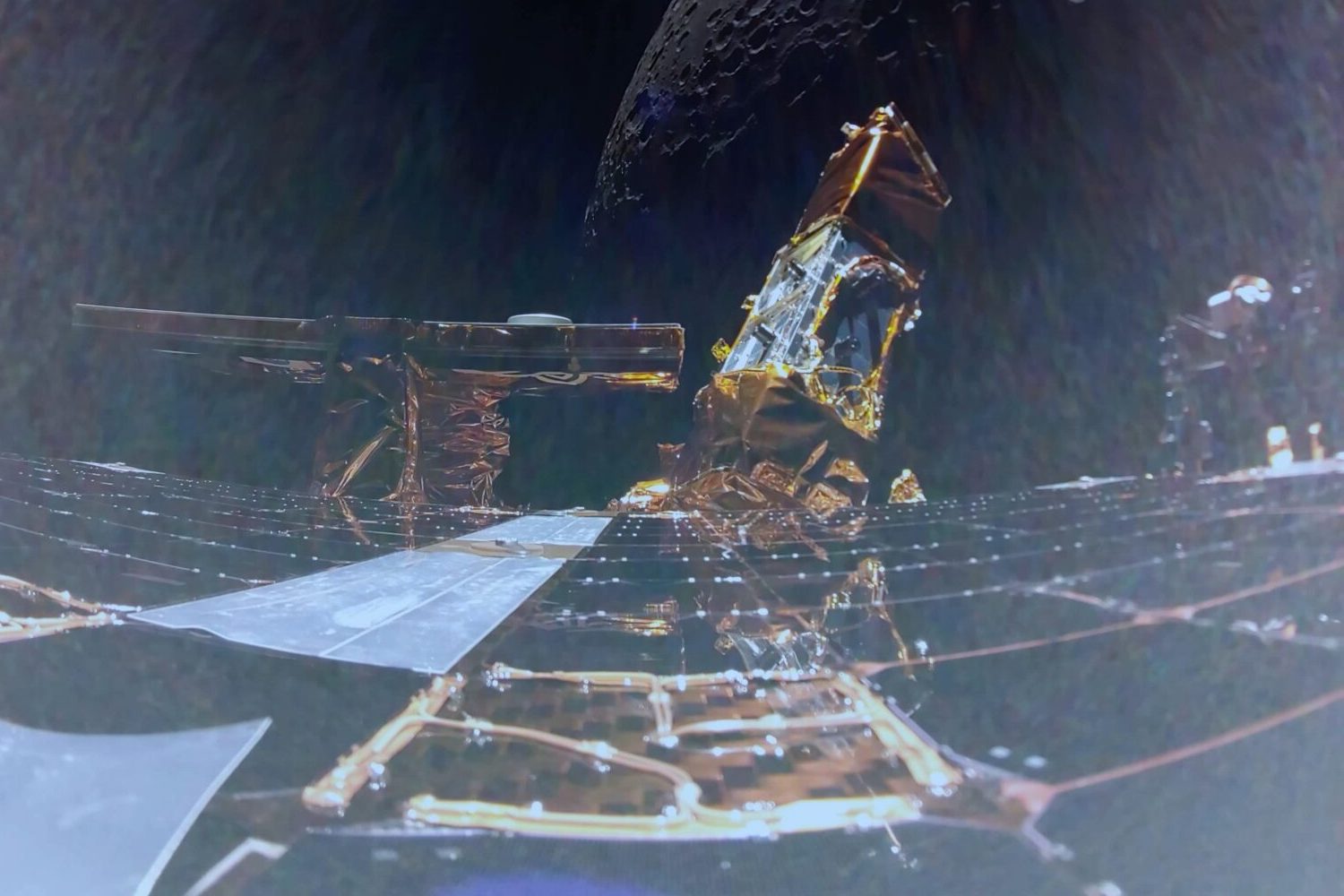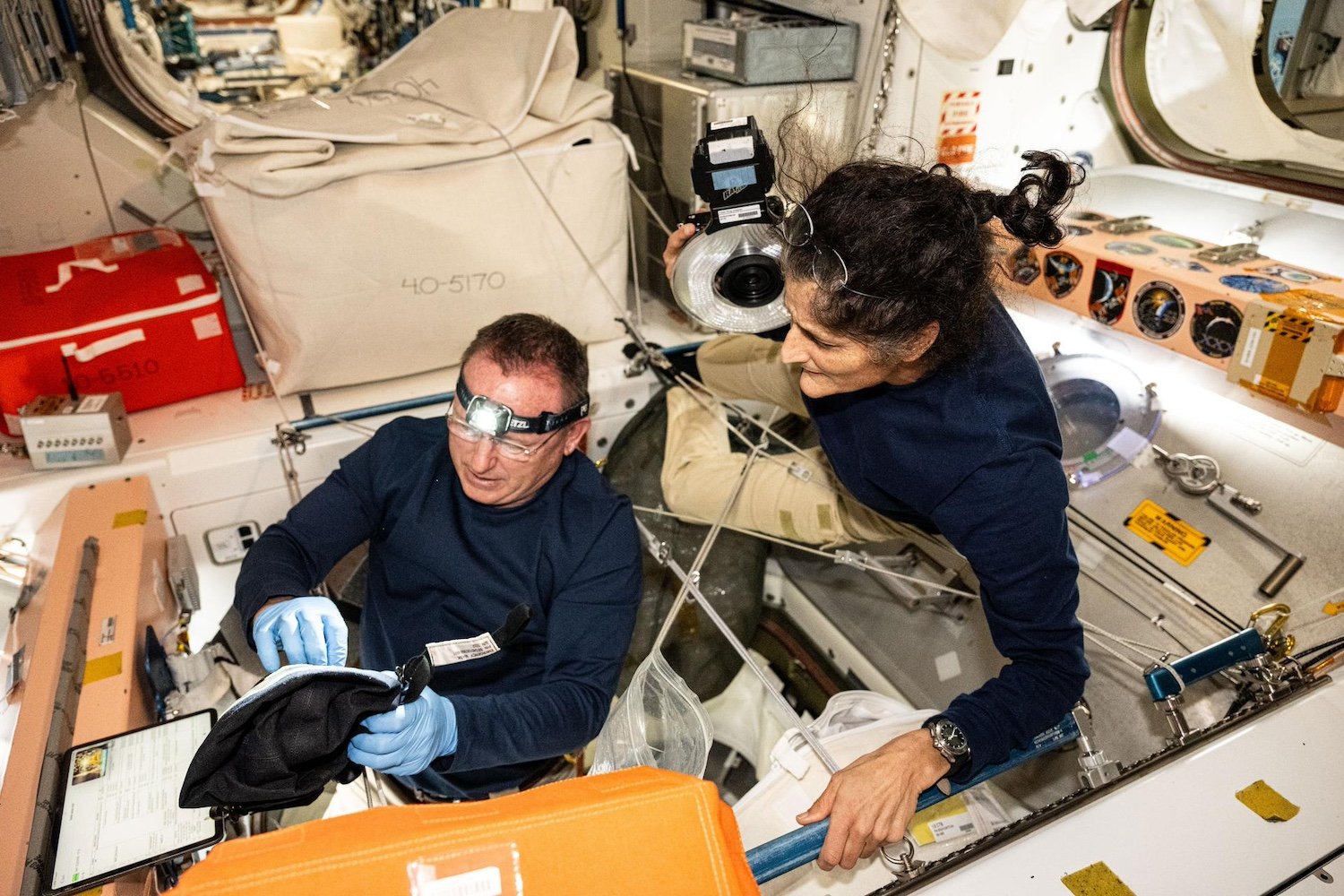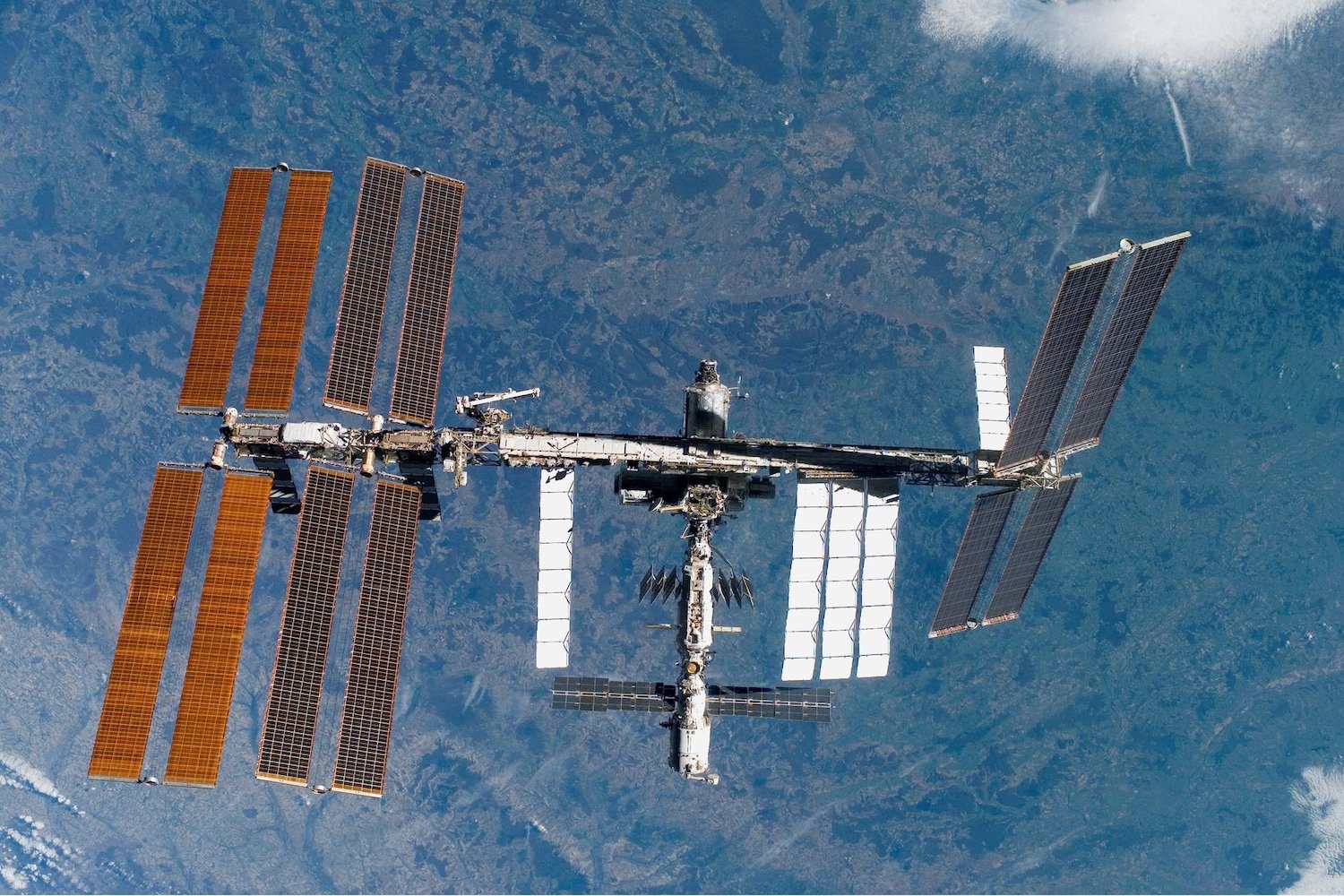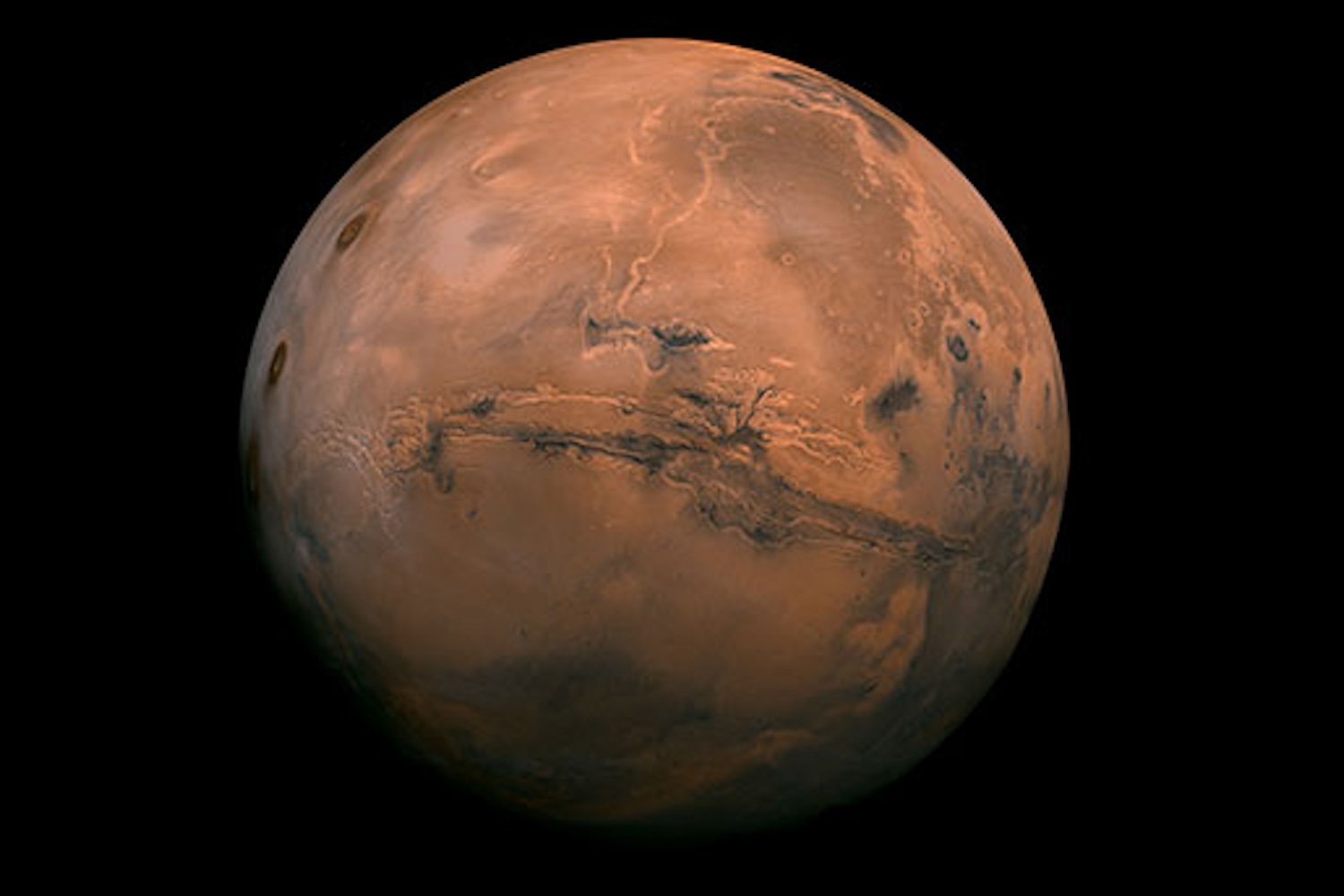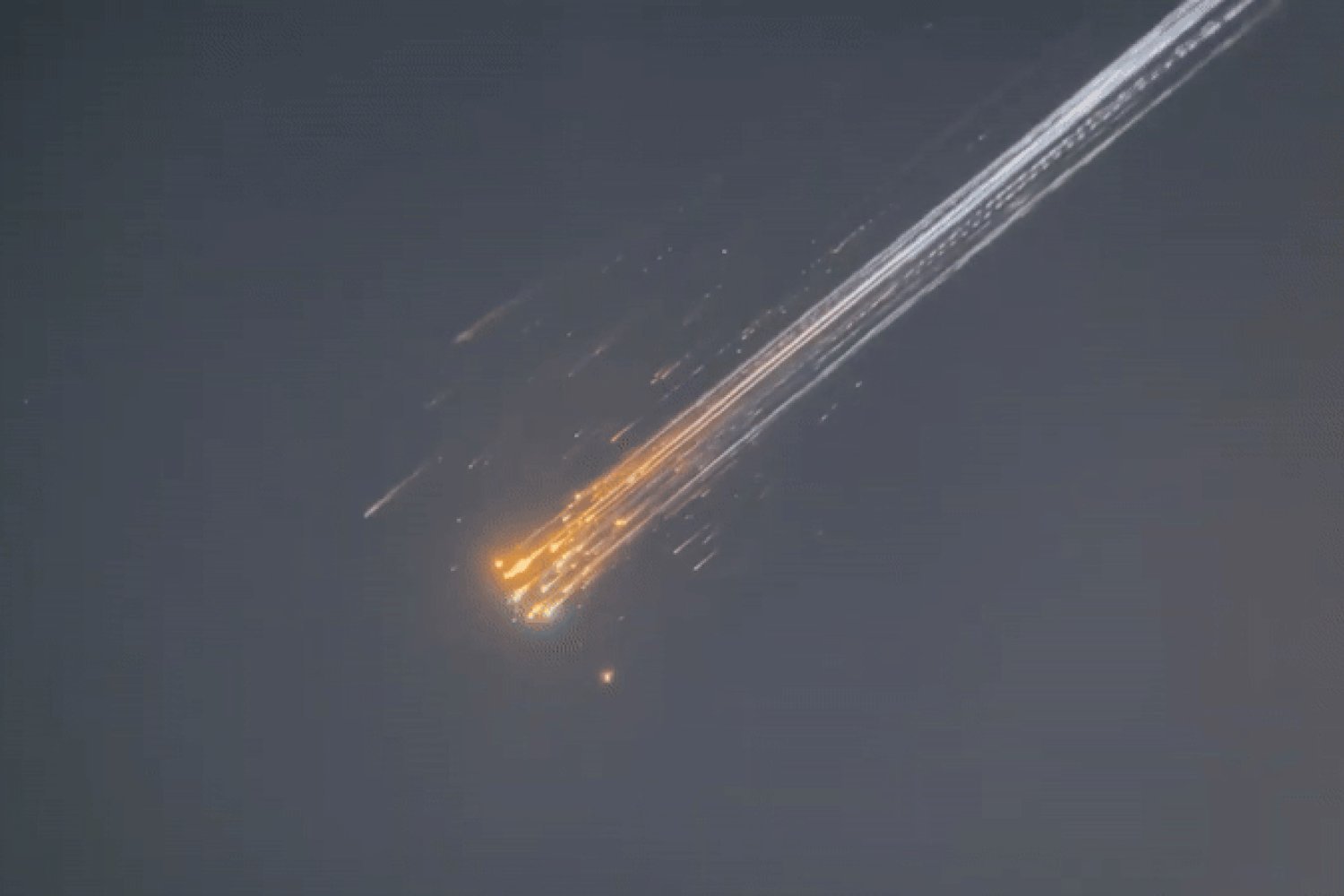Firefly Aerospace’s Blue Ghost lunar lander successfully executed an engine burn on February 18, 2025, bringing it closer to its planned landing on the Moon. This maneuver marks a crucial step in the lander’s 45-day journey from Earth. The three-minute, 18-second burn, initiated at 3:09 a.m. ET, transitioned Blue Ghost from a high elliptical orbit to a lower one, just 75 miles (120 kilometers) above the lunar surface. This new vantage point allowed the lander to capture and transmit remarkable images of the Moon’s far side back to Earth.
 Image taken by Blue Ghost shows lander in forefront with Earth in background © Firefly Aerospace
Image taken by Blue Ghost shows lander in forefront with Earth in background © Firefly Aerospace
Lower Orbit and Communication Challenges
This orbital adjustment is essential for Blue Ghost’s scheduled landing attempt in March. However, the lower orbit presents communication challenges, leading to periodic blackouts between the lander and Firefly’s control center in Texas. The 45-day journey has also provided ample time for the team to calibrate the lander’s onboard instruments.
Destination: Mare Crisium
If all goes according to plan, Blue Ghost will touch down in Mare Crisium (Sea of Crises), an ancient impact basin filled with solidified basaltic lava. The lander’s ten scientific instruments will analyze the Moon’s internal heat flow, surface magnetic and electric fields, and the chemical composition of lunar soil. The mission will also test technologies relevant to NASA’s Artemis program, which aims to return humans to the Moon.
A Circuitous Route to the Moon
Blue Ghost’s journey hasn’t been a direct path. After launching from Kennedy Space Center on January 15, 2025, it spent several weeks orbiting Earth, capturing stunning images of our planet.
Joining the Ranks of Private Lunar Missions
Blue Ghost joins a growing number of private lunar landing attempts, with varying degrees of success. Japan’s ispace experienced a crash landing with its Hakuto-R M1 lander in April 2023. Astrobotic’s Peregrine, the first American private lunar lander, encountered a critical failure shortly after launch in January 2024. Intuitive Machines achieved a successful landing with Odysseus in February 2024, though it suffered a landing leg malfunction.
Future Lunar Missions on the Horizon
Should Blue Ghost land successfully, it won’t be alone for long. ispace’s Resilience lander, launched on the same Falcon 9 rocket as Blue Ghost, is on a slower trajectory and is scheduled to attempt a landing in May or June 2025. Resilience carries the Tenacious rover, designed to explore the lunar soil in the Moon’s far north. Intuitive Machines also has another mission planned for the near future, involving a hopping robot designed to explore a permanently shadowed crater.
Conclusion: A New Era of Lunar Exploration
Blue Ghost’s mission represents a significant step forward in private lunar exploration, contributing to a renewed interest in our celestial neighbor. The data collected by Blue Ghost will offer valuable insights into the Moon’s composition and history, paving the way for future scientific discoveries and human exploration.



